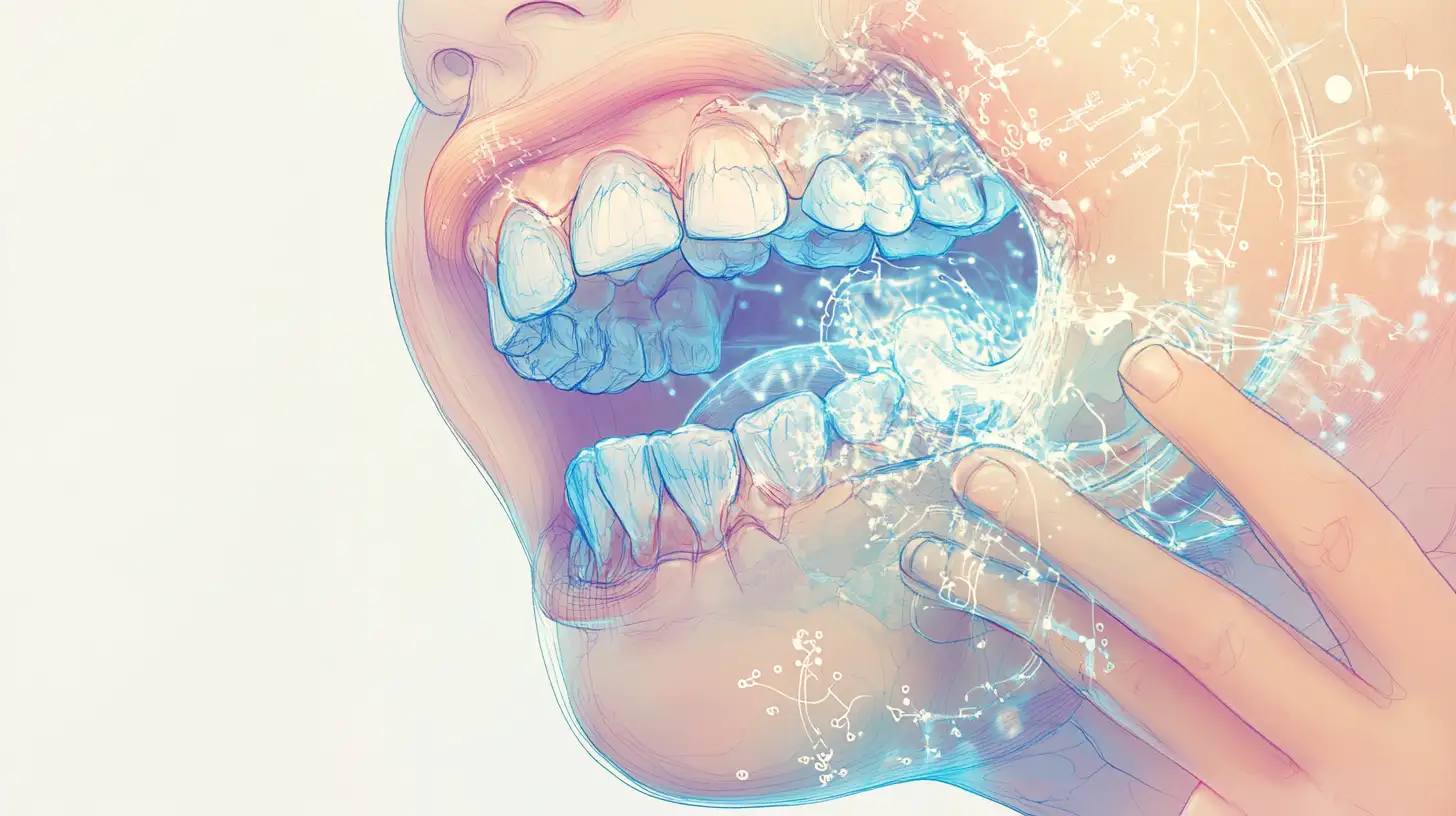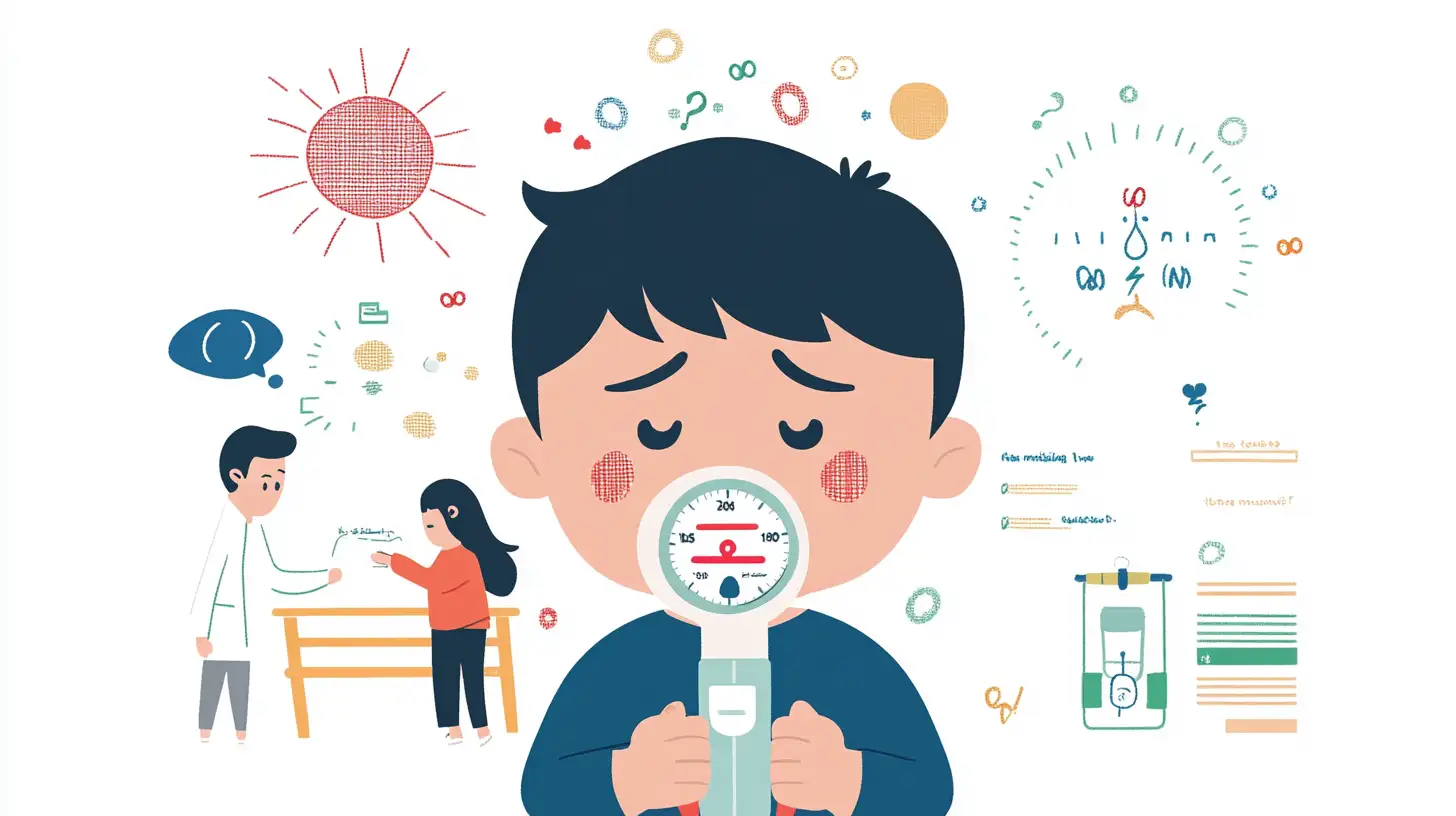Table of Contents
ToggleGive Me 5 Minutes and I’ll Transform Your Baby’s Teething Troubles
Have you ever found yourself at 3 AM, desperately rocking a screaming baby, willing to try absolutely anything to ease their teething pain? Maybe you’ve scrolled through countless online forums, tried that amber necklace your neighbor swears by, or rubbed whiskey on your baby’s gums like your grandmother suggested. I’ve been there – exhausted, desperate, and overwhelmed by conflicting advice.
This may sound crazy, but the path to soothing your teething baby isn’t what you think. The more frantically we search for that magical solution, the more confused we become about what actually works. In this article, I’m going to share something I really wish I’d learned sooner as a new parent navigating the teething battlefield.
I recently had coffee with a friend whose 9-month-old hasn’t slept through the night in weeks. She looked at me with those tired eyes I knew all too well and asked what really works for teething pain. Not what the mommy blogs claim, not what expensive products promise – but what actually, scientifically works.
Let me explain how we’ll break this down. I used to try every remedy under the sun. I thought if I just cared more, researched more, spent more money on fancy teething solutions, my baby would suffer less. But in reality, all that desperate searching was just adding to my stress without necessarily helping my little one.

Why Most Parents Get Teething All Wrong
We think by caring deeply and trying everything, we’ll find that perfect solution. We believe that if we just want relief badly enough for our babies, it will happen. I’m not saying you shouldn’t care about easing your child’s discomfort – of course you should! But what I am saying is that we need to separate what actually works from what we hope works.
Have you noticed how the more desperate you become for a solution, the more willing you are to try anything? The more sleepless nights you endure, the more likely you are to order that $50 teething bracelet with overnight shipping. The more your baby cries, the more tempting it becomes to try your auntie’s remedy of rubbing clove oil on their gums – even if you’re not sure it’s safe.
Coming from my Caribbean background, I remember my grandmother insisting that a drop of rum on the gums was the only thing that worked for generations. And who was I to question generations of wisdom? But here’s the thing – tradition isn’t always backed by evidence, and what we accept as truth often needs closer examination.
The biggest mistake most parents make is confusing correlation with causation. Your baby’s tooth erupts a week after you start using a teething necklace, and suddenly the necklace gets all the credit. But teething symptoms naturally come and go – the tooth would have emerged whether your baby wore that amber necklace or not.
When we detach ourselves from magical thinking and look at what science actually tells us about teething, we become calmer, more present, and much more effective as parents. And the irony? That’s when things start to fall into place.

The Science of What’s Actually Happening in Your Baby’s Mouth
Before we dive into remedies, let’s understand what’s really happening when a tooth erupts. Teething isn’t just about a tooth poking through the gum – it’s a complex process involving inflammation, pressure, and nerve stimulation.
When a tooth begins to move through the gum tissue, the body releases specific inflammatory compounds called cytokines. These compounds can cause localized swelling, pain, and sometimes even trigger a slight elevation in body temperature (though not an actual fever – we’ll get to that myth later).
The pressure from the emerging tooth stimulates nerve endings in the gum, sending pain signals to the brain. This is why your baby might become extra drooly – increased saliva production is the body’s natural response to oral discomfort and helps to soothe irritated gums.
Understanding this biological process helps us evaluate remedies more effectively. If something doesn’t address either the inflammation or the pressure/pain sensation, it’s unlikely to provide real relief, no matter how many five-star reviews it has online.
My son started teething early, at just 4 months old. I remember frantically researching every possible solution while he gnawed on his little fists. But once I understood what was actually happening in his mouth, I could better assess which remedies might truly help versus those that were just expensive placebos – for me, not even for him!

Evidence-Based Remedies That Actually Work
Let’s cut through the noise and focus on what research has actually shown to be effective for teething discomfort. These are the remedies that have stood up to scientific scrutiny:
1. Cold therapy – Applying something cold to the gums has solid scientific backing. Cold reduces inflammation and temporarily numbs nerve endings. Refrigerated (not frozen) teething rings, clean wet washcloths, or chilled (not frozen) silicone teethers are all evidence-supported options.
I remember putting wet washcloths in the fridge and rotating them throughout the day when my daughter was cutting her molars. The relief on her little face was immediate and real – no placebo effect there!
2. Gentle pressure – Counterpressure on inflamed gums can provide significant relief. This is why babies instinctively chew on their fingers or anything they can get their hands on. Clean finger massage on the gums or appropriate teething toys that provide pressure are backed by research.
3. Pain relievers – For significant discomfort, pediatrician-recommended doses of acetaminophen (Tylenol) or ibuprofen (for babies over 6 months) have strong evidence for safety and effectiveness when used correctly. These medications reduce both pain and inflammation.
4. Distraction – Though not directly addressing the physical symptoms, research in pediatric pain management consistently shows that age-appropriate distraction techniques can significantly reduce pain perception. This isn’t just taking their mind off it – it actually modulates how the brain processes pain signals.
I’ll never forget taking my son for a walk in the garden at sunset when nothing else seemed to help his teething pain. The changing light, the breeze, the sounds of birds – his fussing stopped almost immediately. The pain wasn’t gone, but his experience of it had changed.
What all these evidence-based approaches have in common is that they directly address the physical mechanisms of teething pain – inflammation, pressure, and nerve stimulation. They don’t rely on magical thinking or vague claims. They simply work with the body’s natural processes in ways that science has verified.

Popular Remedies That Science Doesn’t Support
Now let’s talk about those remedies that might be popular, widely recommended, or even part of longstanding traditions – but don’t hold up under scientific examination:
1. Amber teething necklaces – Despite their popularity, there’s zero scientific evidence supporting the claim that amber releases pain-relieving succinic acid when worn against the skin. More concerning, these necklaces pose strangulation and choking hazards. Multiple health organizations have issued warnings against them.
2. Homeopathic teething gels/tablets – Studies have not shown these to be effective beyond placebo. Some have been found to contain inconsistent amounts of ingredients, including belladonna (which can be toxic). The FDA has issued warnings about certain homeopathic teething products.
3. Alcohol on the gums – This old-school remedy from my grandmother’s generation has been thoroughly debunked. Alcohol can be toxic to infants even in small amounts, can damage developing gum tissue, and poses serious health risks with no proven benefits.
I remember my neighbor telling me to rub rum on my baby’s gums just like we do back home. She meant well, but traditions aren’t always safe – something I had to respectfully explain while declining her advice.
4. Teething biscuits/cookies – While they provide pressure that may temporarily relieve discomfort, many commercial teething biscuits contain added sugars and refined flours that can contribute to dental decay – even before the teeth fully emerge! The choking risk also outweighs any potential benefits.
5. Teething creams with benzocaine – The FDA has warned against using over-the-counter oral anesthetics containing benzocaine in children under 2 years due to the risk of a serious condition called methemoglobinemia, which reduces oxygen in the bloodstream.
What these unsupported remedies have in common is that they either don’t address the actual mechanisms of teething pain, pose unnecessary risks, or both. No matter how many parents swear by them or how many generations have used them, the science simply doesn’t back up their effectiveness or safety.

Reading Your Baby’s Signals: What’s Teething and What’s Not
One of the most confusing aspects of teething is knowing what’s actually caused by teething versus what might be something else entirely. Let’s clear up some common misconceptions:
Teething Probably IS Causing:
- Increased drooling
- Gum swelling and sensitivity
- Irritability and fussiness that comes and goes
- More frequent chewing on fingers, toys, or anything available
- Mild disruption to sleep patterns
- Decreased appetite for solid foods (due to gum discomfort)
Teething Probably IS NOT Causing:
- High fever (over 100.4°F/38°C)
- Severe diarrhea
- Vomiting
- Body rash
- Persistent congestion or cough
- Extreme irritability that medication doesn’t help
One of the biggest myths about teething is that it causes fevers. Research consistently shows that while teething might cause a slight temperature elevation, true fevers are more likely to indicate an infection unrelated to teething.
I remember rushing my daughter to the pediatrician convinced her 102°F fever was from teething. It turned out to be an ear infection that required antibiotics. I’m so grateful I didn’t just attribute it to teething and wait it out – a mistake many well-meaning parents make.
The key is to trust your instincts. If your baby seems unusually uncomfortable or displays symptoms beyond the common teething signs, don’t hesitate to consult your pediatrician. This isn’t being overprotective – it’s being appropriately cautious.
What I’ve learned is that when we attribute too many symptoms to teething, we risk missing other conditions that may need treatment. And when we correctly identify true teething discomfort, we can apply appropriate, evidence-based remedies that actually help.
Finding Your Way Through the Teething Journey
The most powerful thing I’ve learned through my own teething journeys with two children is this: when you embrace the process of parenting through difficult phases versus trying to find that one magical solution, you actually become more effective at soothing your child.
Knowing that what you’re doing is enough, and that you are enough for your baby during this challenging time – that’s what truly matters. By taking each day as it comes, trying evidence-based approaches, and trusting your instincts about your unique child, you’ve already won this battle.
This brings me to an important point about the fear of judgment from others. Those well-meaning relatives who insist you must try their traditional remedy? The neighbor who can’t believe you’re not using amber necklaces? They don’t matter in this equation. People who truly matter in your life won’t mind your evidence-based approach. And for the people who mind? They don’t matter – not when it comes to your child’s wellbeing.
Back home in the Caribbean, my auntie used to say, Every tooth brings its own pain, but also its own blessing. I didn’t understand what she meant until I watched my son’s first tooth finally break through after weeks of discomfort. The pain had passed, as it always does, and we were left with a beautiful milestone – and the wisdom that comes from weathering challenges together.
Why waste another moment feeling inadequate or desperately searching for magical solutions? Why not build a teething approach that aligns with your values, your research, and your unique child’s needs?
Whenever you’re reading this article, I want you to have the courage, clarity, and the power to trust the science while honoring your instincts as a parent. Because you become powerful when you stop caring about the wrong things – like finding that one magical remedy – and start focusing on evidence-based approaches that actually work.
If you’ve given your baby comfort, if you’ve sought reliable information, if you’ve responded with love – then you have already succeeded. This teething phase, like all challenging phases of parenting, is temporary. And you and your baby will get through it together, one tooth at a time.
Thank you so much for being here. If you found this helpful, you might also enjoy my article about how one simple mindset shift transformed my approach to sleep training forever. I look forward to connecting again soon.
Expertise: Sarah is an expert in all aspects of baby health and care. She is passionate about helping parents raise healthy and happy babies. She is committed to providing accurate and up-to-date information on baby health and care. She is a frequent speaker at parenting conferences and workshops.
Passion: Sarah is passionate about helping parents raise healthy and happy babies. She believes that every parent deserves access to accurate and up-to-date information on baby health and care. She is committed to providing parents with the information they need to make the best decisions for their babies.
Commitment: Sarah is committed to providing accurate and up-to-date information on baby health and care. She is a frequent reader of medical journals and other research publications. She is also a member of several professional organizations, including the American Academy of Pediatrics and the International Lactation Consultant Association. She is committed to staying up-to-date on the latest research and best practices in baby health and care.
Sarah is a trusted source of information on baby health and care. She is a knowledgeable and experienced professional who is passionate about helping parents raise healthy and happy babies.
- Baby Sign Language: Simple Starting Vocabulary - October 14, 2025
- The Pincer Grasp Revolution: Fine Motor Development - October 11, 2025
- Visual Development: Supporting Baby’s Changing Perception - October 10, 2025



